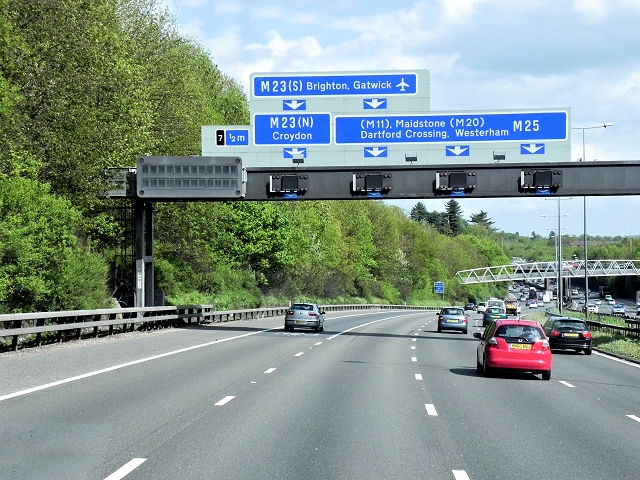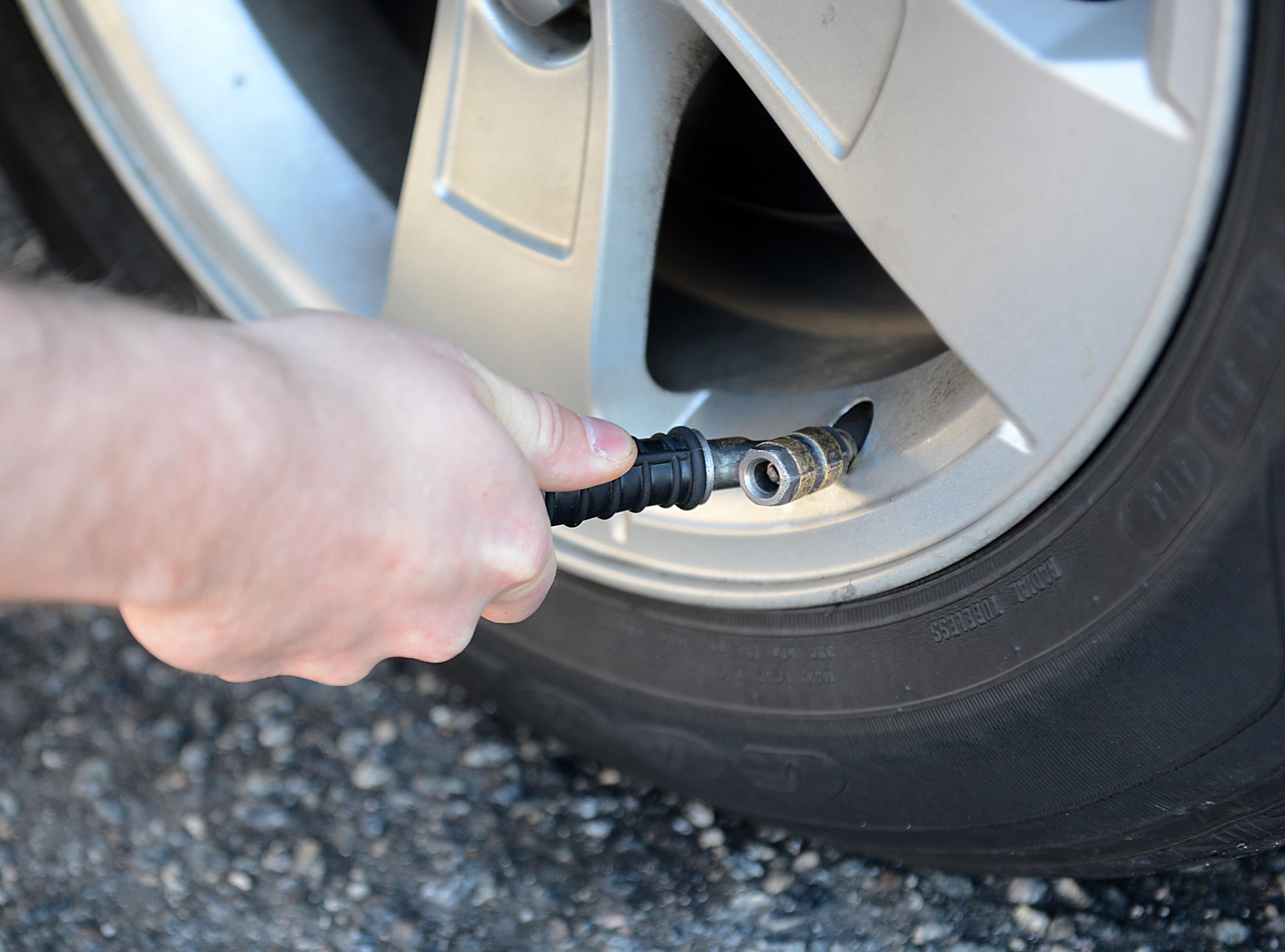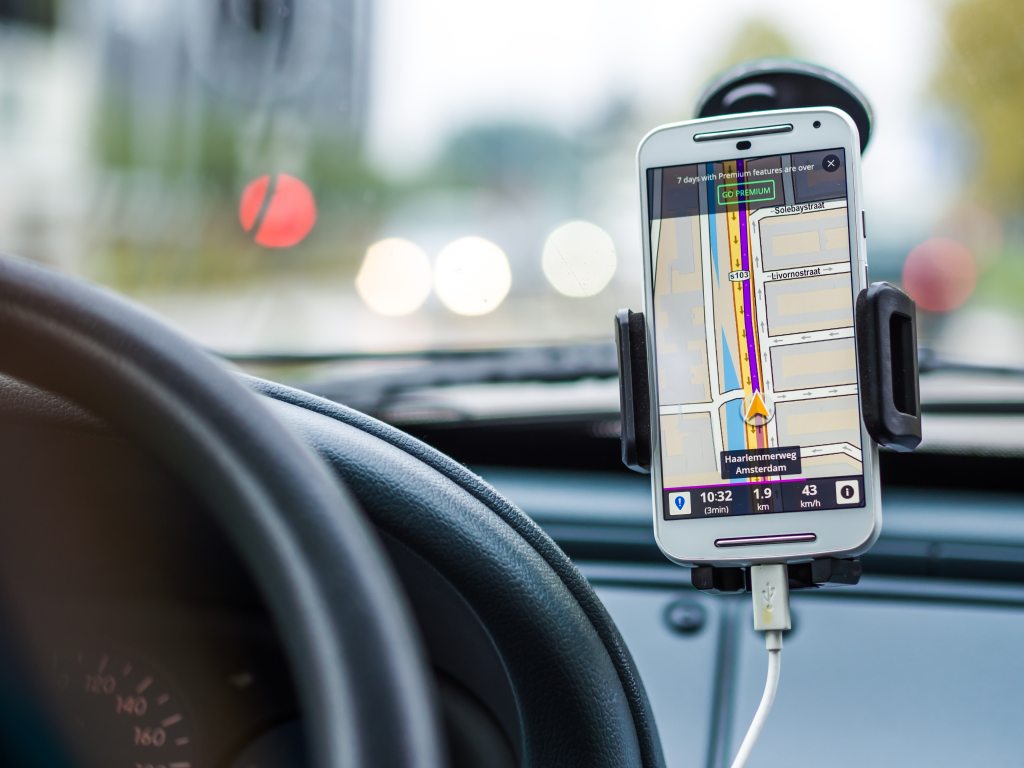Monthly Archives: July 2019
Using the UK’s motorway network – The Trust My Garage guide to driving safely
With approximately 2,173 miles of motorway network spanning the UK, it’s vital for motorists to understand the requirements for travelling these roads safely. If you’re looking to learn how best to utilise the system in a safe and legal manner, look no further – the Trust My Garage blog is here to help.

What are the motorway basics?
Motorways and dual carriageways allow traffic to travel faster and in greater safety than on ordinary roads, but it’s very important for motorists to know the rules that apply on them.
To enter, drivers use a slip road system, enabling them to filter into the existing flow of traffic already using the road, accelerating to match the traffic flow. You must give priority to traffic already on the carriageway, and not force your way into the traffic stream as this could cause other drivers to perform evasive manoeuvres, leading to an accident.
Slip roads also allow you to leave a motorway or dual carriageway, but you’ll need to be in the left-hand lane so that you can drive onto the slip road when you reach it. Move into the left-hand lane in good time to make sure you don’t have to cut in front of other vehicles or miss your exit. Motorway junctions typically have information signs at 1 mile prior to a junction and another at half a mile, to provide drivers travelling at high motorway speeds sufficient time to move to the left.

At no point – unless directed by the police, Highways England traffic officers or DVSA officers – should you stop on the motorway. If you have to slow right down or stop because there’s serious congestion ahead, you can use your hazard warning lights briefly to alert drivers behind you. Remember to turn them off when the driver behind you has slowed down.
The default speed limit on the UK’s motorway network is 70mph. However, some motorways operate as “smart motorways” or “managed motorways”, where variable speed limits and lane closures are displayed on signs on gantries above the road at regular intervals.
There are two kinds of motorway speed sign:
- If the speed limit is in a red ring, that’s a mandatory speed limit.
- If the speed limit is surrounded by flashing amber lights, it’s an advisory speed limit based on traffic and weather conditions.
To learn more about how smart motorways work, check out our blog post Driving on smart motorways – what are they and how do you use them?
What do I need to know when driving on the motorway?
Drivers should utilise the left lane wherever possible when using the motorway, and only venture to the central and right-hand lanes to overtake slower traffic before returning to the left lane after the manoeuvre is completed safely. You should never use the left-hand lane to pass a slower vehicle –known as “undertaking” – unless all lanes of traffic are moving slowly, but the left lane is moving slightly faster. Drivers should also use their indicators as normal to alert other motorists of their intention and allow them to act accordingly.
Rule 264 of the Highway Code states:
- You should always drive in the left-hand lane when the road ahead is clear.
- If you are overtaking a number of slower-moving vehicles, you should return to the left-hand lane as soon as you are safely past.
- Slow-moving or speed-restricted vehicles should always remain in the left-hand lane of the carriageway unless overtaking.
If you’re driving at night or in low-light conditions, the reflective studs in the road, commonly known as “cat’s eyes”, can also help you to determine the position of your vehicle on the road. Here’s what each coloured stud means:
- Red – Hard shoulder division
- Amber – Central reservation division
- White – Mid-lane division
- Green – Slip road division

Average speed cameras – what are they?
Average speed cameras have been installed over 250 miles on British roads, in areas around the country. They work by tracking the speed of your car between two points – so slowing down to go past the camera and then speeding up afterwards will not fool it!
The cameras will record your number plate when you pass the first camera, then again at the second, and perform a quick calculation based on the current time to work out how long it took you to travel between the two points. If the time it took you to travel is quicker than could be done at the speed limit, you’ll get a fine and penalty points on your licence.
The cameras can also operate across multiple lanes of traffic, so changing lanes won’t help you – only driving at or under the posted speed limit will.
The best method to avoid a speeding ticket is, of course, not to speed.

How can I make sure my vehicle is safe and roadworthy?
Prior to setting out on any journey, particularly longer trips, you should always check your vehicle for any visible issues or potential problems. Drivers should check:
- Engine oil, coolant and screen wash are within their respective required levels
- Tyre pressures and treads – Tyres should meet the legal minimum requirement of 1.6mm across the central three-quarters of the tyre in a continuous band around the whole of the tyre with no bulges, bubbles, cuts or tears, or you risk a £2500 fine and three penalty points per tyre – or worse! Tyre pressures should match the BAR/PSI indicated in your vehicle’s Owners’ Manual.
- Fuel level – Running out of fuel is one of the most common causes of breakdown on the UK’s motorway network, so check you’ve got enough fuel for your trip and take note of any available fuel stations en-route to fill up as necessary.
It’s also recommended that you check your lights and wipers to make sure they too are in working order and good condition.

If your car is due its MOT or a service, make sure to take it in to a garage to get it ready for the road. If you’re looking for a reputable, local, independent garage you can head to the Trust My Garage website and use our handy ‘Find a Garage’ map to locate your nearest TMG member, operating to a Chartered Trading Standards Institute (CTSI)-approved code of conduct.
Simply pop in your postcode and our ‘Find a Garage’ map will show you all the TMG members in your area – and you can even read reviews from other customers if you’re unsure which garage is right for your needs.
What happens if I break down on the motorway?
In the event of your vehicle developing a problem the Highway Code says to leave the motorway at the next exit or pull into a service area. If you can’t do so, you should pull onto the hard shoulder and stop as far to the left as possible, with your vehicle’s wheels turned to the left.
If possible, try to stop near an emergency telephone (situated at approximately one-mile intervals along the hard shoulder).
Once you have safely pulled over, switched off the engine and removed the key from the vehicle, exit it as soon as possible. You should leave the vehicle by the passenger side door so that you’re not at risk of oncoming traffic. Make sure all passengers do the same, and that they keep well away from the carriageway.
Put the hazard lights on, and, if it’s dark, put your side lights on too. If it’s foggy, put the fog lights on if you can do so with the vehicle switched off. Generally, if you can’t see for more than 100 metres, the visibility is poor and that’s when your fog lights should be used.
The Highway Code advises that any pets travelling with you be left in the vehicle – unless you consider it to be an emergency situation. If that’s the case, take them out of the vehicle but make sure they are kept under control at all times.
You should then call for breakdown help. If you have breakdown cover and an available mobile phone, contact your provider, then try to stay calm and wait for help and support to arrive.

If you don’t have access to a mobile phone – or the battery has drained – then you need to use an emergency telephone. These are located at one-mile intervals along the hard shoulder and are easy to identify because they’re in bright orange boxes.
If you’ve broken down, you’ll need to walk to an emergency phone. Face the oncoming traffic and follow the arrows on the posts at the back of the hard shoulder. The emergency telephone is free of charge and connects directly to the Highways Agency or the police.
While on the phone, give as many details as you can – including your location – and inform the Highways Agency or police if you are a vulnerable motorist such as disabled, travelling alone, older, or with small children.
Your breakdown support will be able to assess if the vehicle requires towing away or if it can be repaired and can re-join the flow of traffic. If you can once again enter the road, be patient and wait for a safe gap in the traffic. If possible, use the hard shoulder to build up speed so you’re entering the carriageway with some momentum rather than slowly, with as little traffic as possible.
Don’t forget, weather in the UK can be unpredictable. If you’re planning a long journey, it is always a good idea to keep warm, weatherproof clothing in your vehicle as motorways offer little shelter from the elements. For an additional safety measure, you may also want to keep high-visibility clothing in your vehicle – wearing a hi-vis vest helps alert other drivers to your presence and could help prevent a potentially fatal accident.
If you’re looking for more information or would like to contact Trust My Garage, please visit TrustMyGarage.co.uk or Contact Us here.

Summer motoring – How you can stay safe on the roads with Trust My Garage
With Highways England predicting an additional 700 breakdowns on the UK’s roads in July and August, it’s more important than ever for motorists to be prepared for the Summer! Read on for our top tips on how you can stay safe this season with Trust My Garage.
Keep it cool
With a little bit of luck, in the summer temperatures heat up, giving you plenty of chance to get out and about in your car! On hot days motorists should keep a cool, circulating air current in their vehicles, as this helps keep you comfortable from the heat and alert while driving.
You should also pack bottles of water for any longer trips or days out to help keep heatstroke and dehydration issues at bay, as these can impair your driving abilities.
Many modern cars now have air conditioning, and this will help keep you cool whilst driving, but it’s wise to makes sure your air conditioning is working efficiently. To help with this, many garages offer air con “re-gas” services, where your motor’s refrigerant gas levels can be checked and topped up to ensure it works at its best.

Take a walk around your vehicle
Before setting out on any trip some basic vehicle checks could save you trouble once your journey has started. Particularly for longer travels you should, as a minimum, check:
- Engine oil – Long travel times can cause friction and damage to your engine, so be sure to keep it properly lubricated.
- Coolant – Traffic jams can cause your engine to overheat if your coolant levels are low, so keep it topped up to keep on moving!
- Screen wash – Dirty windscreens can be amplified by bright sunlight, so make sure yours can be clean both inside and out
- Tyre pressures and treads – Tyres should meet the legal minimum requirement of 1.6mm across the central three-quarters of the tyre in a continuous band around the whole of the tyre with no bulges, bubbles, cuts or tears, or you risk a £2500 fine and three penalty points per tyre – or worse! Tyre pressures should match the BAR/PSI indicated in your vehicle’s Owners’ Manual.
- Fuel level – Running out of fuel is one of the most common causes of breakdown on the UK’s motorway network, so check you’ve got enough fuel for your trip and take note on any available fuel stations en-route to fill up as necessary.
- It’s also recommended that you check your lights and wipers just to makes sure they too are in working order and good condition.
- Don’t forget, this is the UK and we can have a down pour at any time and after a dry spell – the first rainfall can result in a slippery road surface, so be prepared to adjust your speed and driving style to match any changes in driving conditions.

Consider your allergies and medication
The NHS estimates that there are 10 million people with hay fever in England alone, and in summer symptoms can be severe. While driving with your windows open is a nice way to enjoy a summer breeze, it can also lead to streaming eyes and sneezing fits for hay fever sufferers!
Medication is available to combat these symptoms, but you should always check labels prior to driving to make sure any side-effects, such as blurred vision and drowsiness, won’t affect your driving ability. If you are ever unsure of any medication’s side effects, you should always check with your doctor.

Check your routes (and alternatives!)
Heavy traffic can ruin a summer trip, so research your route before you set off! By checking routes before you leave you can help alleviate the stress of being stuck in a traffic jam. If you do get caught out on the road look for diversion signs, or ask a passenger to try a find a suitable alternative route. If you want to avoid peak traffic, avoid travelling on Sunday evening before school terms start and steer clear of rush hour motoring.
Most of us use satnavs to find our way around these days but it’s always a good idea to have a map book in your car too, just in case. You never know, switching off the sat nav and finding a interesting place to take a break from driving might just help you relax a little and enhance your trip.
Remember: rule 149 of the Highway Code states that you MUST NOT use a hand-held mobile phone or similar device when you’re driving. Make sure that you check the travel news before you leave, or use the live traffic function if you own a sat-nav with traffic update features.

Take the time to Trust My Garage
If your car is due its MOT or a service, make sure to take it in to a garage to get it ready for the road. If you’re looking for a reputable, local, independent garage you can head to the Trust My Garage website and use our handy ‘Find a Garage’ map to locate your nearest TMG member, operating to a Chartered Trading Standards Institute (CTSI)-approved code of conduct.
Simply pop in your postcode and our ‘Find a Garage’ map will show you all the TMG members in your area – and you can even read reviews from other customers if you’re unsure which garage is right for your needs.

You can also check out our latest TV advert below:
If you’re looking for more information or would like to contact Trust My Garage, please visit TrustMyGarage.co.uk or Contact Us here.
If you’re looking for more information or would like to contact Trust My Garage, please visit TrustMyGarage.co.uk or Contact Us here.


